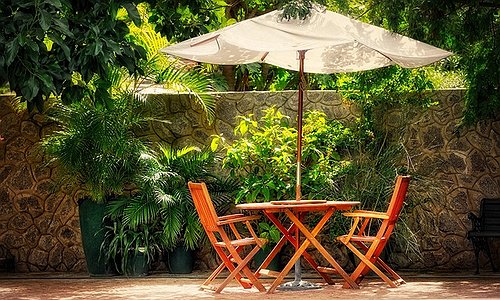Why the Karoo could be SA's first energy-secure region

From farmland to future grid
Electricity access has always been patchy in parts of the Karoo. Sparse populations, long distances between towns, and underinvestment have made traditional grid expansion costly and inefficient. That disadvantage is turning into an advantage: the Karoo isn’t tied down by legacy infrastructure. Instead, it’s becoming a test bed for decentralised, clean energy models.
The big opportunity? Solar.
With some of the highest solar irradiance levels in the world, the Karoo is ideal for solar power generation. Towns like Prince Albert, Graaff-Reinet, and Carnarvon are seeing a quiet boom in solar installations, both on farms and in municipalities. Independent Power Producers (IPPs) and agri-businesses are investing in solar farms to secure energy for irrigation, cold storage, and processing. Some are even producing a surplus and feeding it into local microgrids.
Municipal buy-in
Municipalities, long cash-strapped and under pressure to improve service delivery, are warming up to the benefits. Dr. Beyers Naudé Local Municipality, for example, has approved plans to trial a solar microgrid with battery backup in parts of Graaff-Reinet. If successful, the model could be scaled to other Karoo towns. This kind of energy independence doesn’t just keep the lights on. It stabilises budgets and makes regions more attractive to investors. Energy security is increasingly a make-or-break factor for new agri-processors, tourism lodges, and data centers considering rural locations.
Farming meets tech
The Karoo’s agricultural sector, traditionally dependent on diesel and grid power, is embracing renewables out of both environmental concern and economic necessity. With fuel prices rising and Eskom’s reliability declining, solar-powered boreholes, water pumps, and electrified fencing are becoming the new normal. Some farms are even experimenting with agri-voltaics: dual-use systems where solar panels are elevated above grazing areas or crops, allowing farmers to generate power without losing productive land. This model fits especially well in the Karoo’s wide, open landscapes.
Telescopes, data, and off-grid innovation
The presence of the Square Kilometre Array (SKA) near Carnarvon has added a new dimension to the region's infrastructure narrative. The SKA is driving high-speed data links, precision power systems, and global interest in the Karoo as a remote-but-connected tech zone. That’s opening the door to innovation. Think solar-powered data centers, off-grid research hubs, and climate monitoring stations powered locally, with minimal strain on national infrastructure.
An economic reboot
Off-grid doesn’t mean isolated. It means independent and agile. That’s the future many in the Karoo are betting on. By turning their greatest constraint - remoteness - into a strength, the region could leapfrog legacy infrastructure and create a replicable model for rural development across South Africa.




